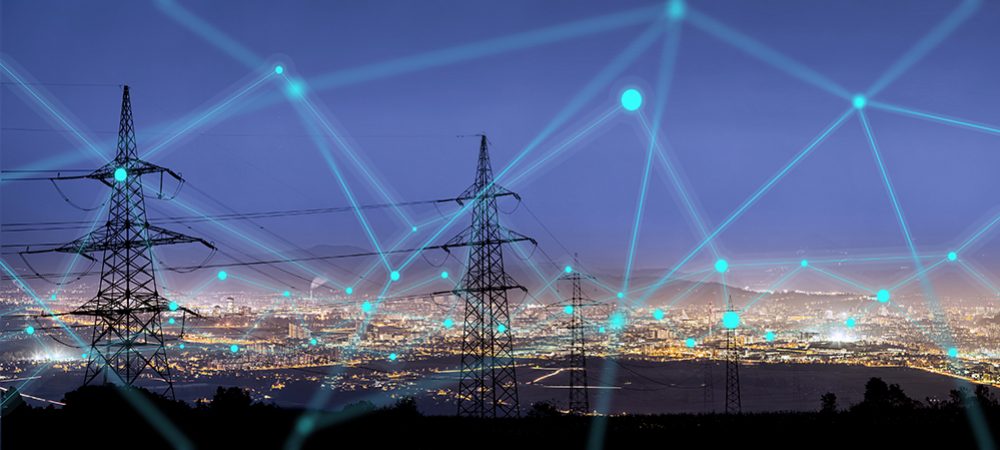Nicholas Lambrou, Managing Director A/NZ at Boomi, who has analysed the tech-led disruption experienced by Australia’s utilities industry, argues that the sector’s evolution is hampered by significant operational disparity – a hangover of legacy systems which still burden many.
The Government’s 2019 Australian Energy Update noted that energy productivity improved by 20% in the past decade, with energy use per capita down and renewables use up in recent times. Two key factors to which the industry’s evolution can be attributed include changes in both the way energy is generated and consumed.
Disruption of the sector will only amplify as electric vehicle (EV) adoption expands, more Internet of Things (IoT) devices go live, and advances in Machine Learning and Artificial Intelligence create yet-undiscovered opportunities for providers to generate value for customers.
New and existing technologies have also gifted industry unprecedented volumes and types of data, offering real-time information to drive more informed business decisions.
This evolution, which is also underpinned by overwhelming evidence on climate change, leaves organizations needing to explore new ways to use this data to not only create operational efficiencies, but help reduce their environmental impact – whether it’s through renewables initiatives or emissions reduction – while preparing them to better respond to daily challenges.
Various projects are already underway. Take Telstra, for example, which developed a Digital Water Metering solution that uses IoT sensors to help identify and reduce water wastage, with the aim of reducing operating costs for utilities while saving consumers money.
And let’s not forget consumers’ influence; they demand better, cheaper and more portable services that are designed around their usage requirements and won’t hesitate to ditch their provider for the next best option.
Utilities suppliers are managing this disruption in similar fashion to organizations in other sectors: through heavy ICT investment designed to improve internal efficiencies and subsequently deliver enhanced digital services to supplement energy provision.
Large chunks of these investments are geared to developing a better understanding of consumers by analyzing data and tailoring packages to suit their diverse circumstances. Personalized services boost customer retention and open new revenue opportunities for providers.
But while the utilities industry is leveraging ICT to modernize, the surge in new technologies is creating new complexities – namely in the form of data silos. The move from legacy systems to cloud-based, best-of-breed, multi-vendor technologies has created disparity within organizations because those new applications were not developed to communicate with one another.
This leaves companies confused as data is scattered across locations, leaving employees – including field workers – unable to fulfill their roles.
Without the ability to connect systems and unify the data that resides in them, utilities providers also lack visibility into the true state of their own operations and consequently struggle to respond to customer demand.
A centralized data strategy gives utilities companies a competitive edge in an industry where consumers want real-time access into their energy usage data and flexible pricing to match.
For example, Origin Energy embarked on a technology integration program to connect its applications and data for its integrated gas business and realized immediate benefits. Origin’s field agents not only operate many hours from civilisation, they also rely on a broad range of systems and applications – integrating those with the company’s main IT system has given them access to resources at all times, topped with assurance that the data is accurate.
Abroad, Japan’s leading energy provider and global power giant, JERA, adopted a Digital Transformation strategy to tackle its post-merger data silos and extensive value chain. JERA formed a central data repository providing unprecedented visibility across its entire multinational operation. With the Japanese Government requiring output reporting every 30 minutes, the centralized data strategy is essential to this level of exchange.
Other organizations are looking at, for example, self-healing networks, where the energy network is equipped with intelligent devices that detect and isolate faults and switch the network to restore supply to customers much faster. This is possible because operators in control rooms have granular visibility into those vast networks, with real-time data helping suppliers not only react to issues but operate proactively to predict and plan for future matters.
Data from Australia’s Clean Energy Regulator highlights the potential extent of change which we can anticipate in the utilities sector. It shows that renewable energy is growing at a per capita rate 10 times faster than the global average and according to an ANU Energy Change Institute Study, Australia’s energy industry is on track to deliver 50% renewable energy in 2025 if the rate of solar and wind power installations is maintained.
Only the eighth major jurisdiction in the world to do this, the Australian Capital Territory (ACT) delivered on its ambitious target to generate 100% of its energy needs through renewable resources. Although the nation’s capital doesn’t have the same energy challenges as other states, it’s taking on climate change to the ‘nth degree’.
In NSW, initiatives like the City of Sydney’s $60 million green energy deal are critical to meeting energy and emissions targets, and the data surrounding the provision of energy will only become more significant as technology’s role in everyday life compounds.
The providers who unlock and use data from across their entire organizations to make business decisions and improve client services will operate more efficiently and therefore bolster consumer sentiment at a time when the nation is anxious about its energy future.


